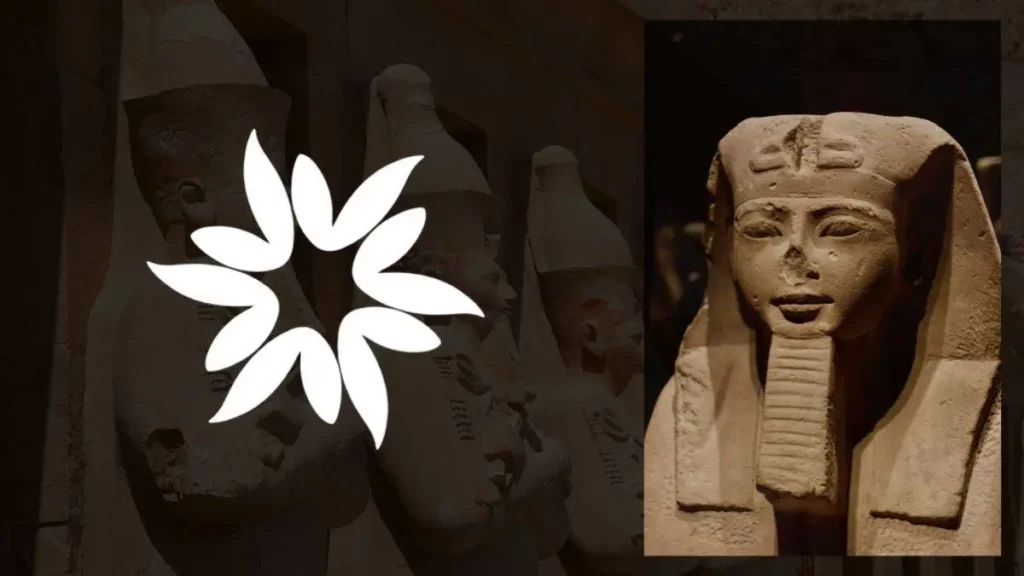Key Takeaways
- Ada Lovelace was the daughter of Lord Byron but was steered towards mathematics and science by her mother.
- Despite gender barriers, Lovelace sought tutoring and mentorship from prominent figures in mathematics.
- She collaborated with Babbage and contributed significantly to the development of his Analytical Engine.
- Lovelace's 1843 paper laid the foundation for future mathematicians and inventors in computing.
- Her work was initially undermined by detractors but has since been recognized for its importance.
- Her work marked a shift in understanding machine capabilities, from arithmetic calculations to universal computation.
- Her pioneering work paved the way for the modern digital age and motivates future generations to pursue STEM careers.
Although Ada Lovelace’s life began with the privilege of being Lord Byron’s daughter, her mother, Lady Annabella Byron, steered her away from a life of poetry and scandal.
Instead, Lovelace found her calling in mathematics and science.
Despite being barred from formal education due to her gender, she sought tutoring and mentorship from prominent figures such as Augustus De Morgan, a well-known mathematician and logician.
The Inspiring Encounter with Charles Babbage
Lovelace’s passion for mathematics and computing was sparked during a meeting with Charles Babbage, an inventor and mathematician, who demonstrated his Difference Engine—an automated mechanical calculator.
This encounter ignited a lifelong friendship and collaboration between Lovelace and Babbage, which led to her groundbreaking work on Babbage’s Analytical Engine.
Ada Lovelace’s Pioneering Work
In 1843, Lovelace published a paper that translated an article about Babbage’s Analytical Engine from French to English.
She included appendices that were twice the length of the original work, containing a table of mathematical entries illustrating how the computer might function.
This work served as the foundation for future mathematicians and inventors in the field of computing.
Controversies and Misogyny
Despite her contributions, Lovelace’s work has been undermined by detractors who claimed she was merely Babbage’s student and lacked the necessary mathematical expertise.
Some even argued that she simply rehashed Babbage’s earlier works.
However, recent insights from her writings have confirmed her significant role in the development of computing technology.
Lovelace’s Lasting Legacy
Ada Lovelace’s health deteriorated at a young age, and she passed away at 36 from uterine cancer.
Her contributions to computing remained unrecognized until 1953 when British nuclear physicist Bertram Vivian Bowden reintroduced her work in his book, “Faster Than Thought: A Symposium on Digital Computing Machines.”
Today, her notes are considered the earliest and most comprehensive account of computers, predating modern examples by almost a century.
From Mathematical Calculation to Universal Computation
Lovelace’s work laid the foundation for the idea that machines could not only perform arithmetic calculations but also manipulate symbols following specific rules.
In 1843, Lovelace published a paper that translated an article about Babbage’s Analytical Engine from French to English.

This realization marked a fundamental shift in the understanding of what machines could do, leading to the development of modern computers that can perform complex tasks beyond simple calculations.
Inspiring Future Generations
Ada Lovelace’s story continues to inspire young minds today, especially during Women’s History Month.
Her passion for mathematics, determination to overcome social barriers, and pioneering work in the field of computer science serve as a testament to her lasting impact on the world of technology.
Her story demonstrates the importance of challenging the status quo and pursuing one’s passion regardless of societal constraints.
Lovelace’s life serves as a powerful reminder of the potential that lies within every individual, regardless of gender or social standing.
Her pioneering work has laid the groundwork for the modern digital age, and her influence continues to inspire and motivate future generations to pursue careers in STEM fields.
As we continue to celebrate Women’s History Month, let us remember the remarkable legacy of Ada Lovelace and her invaluable contributions to computer science and technology.








